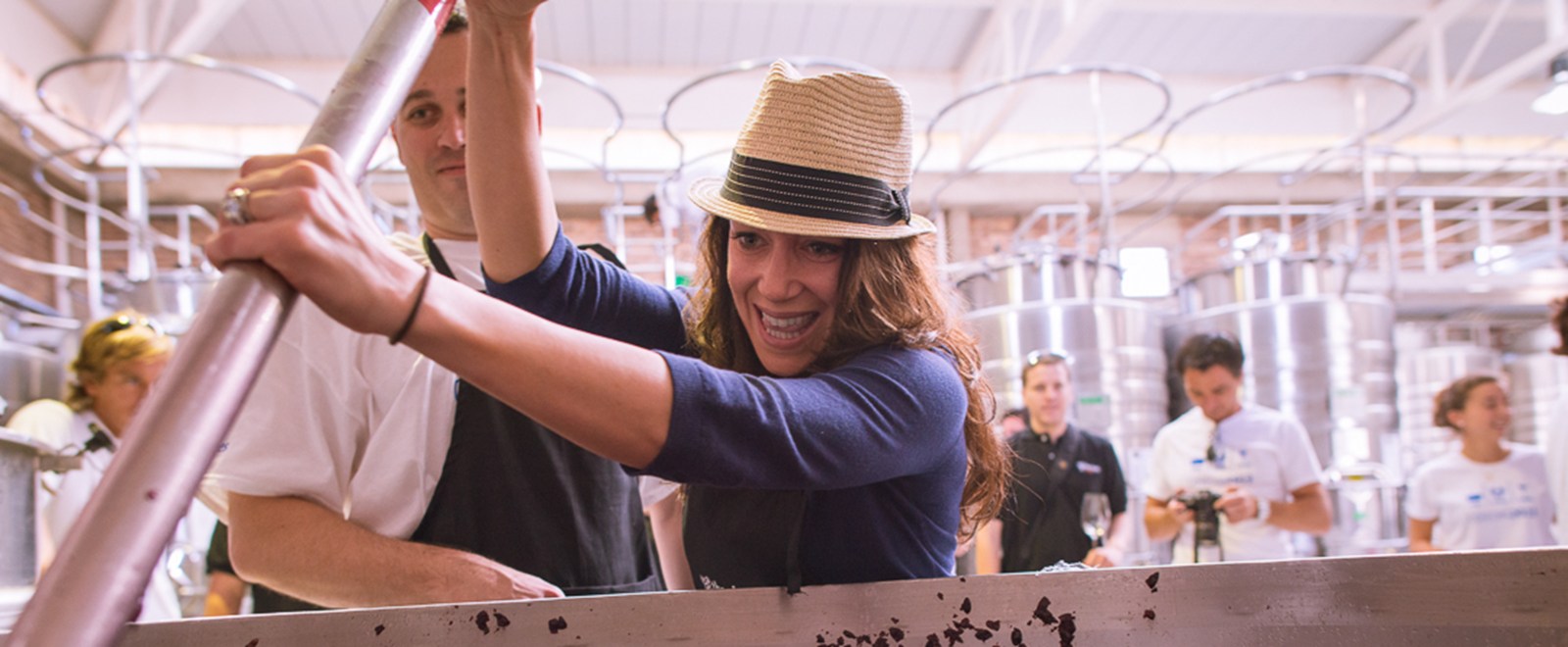RSVP to: emilia@vinesofmendoza.com and you can also email questions for the panelists before and during the call to michael@vinesofmendoza.com
Phone: 310 539 2229
Passcode: 806739
We have a stellar panel including: Laura Catena, Barbara Insel, Tony Correia, and Santiago Achaval.

Check out the recent article by Barbara on The Argentine Wine Market and see you all tomorrow!
“US consumers see Argentina as a new discovery, a good value, something intriguing”
http://www.winesur.com/ver_nota.php?nota=19320
- Which is your perception about the US wine market?
The US wine market will continue growing: only 12-14% of American adults consume wine more than once a month and the US ranks 38th in the world in per capita wine consumption so there is plenty of room to grow. Also, many American producers are quite focused on the ‘Millennium' generation - those born after 1980 - who seem to be quite interested in wine.
- What part of the US wine market will grow?
You cannot really look at the US wine market as one market. For the last several years, American consumers were "moving up" in all products and especially wine: seeking out better quality and new wines. Thus, the segment of wines priced at more than 15 or 20 dollars per bottle was the fastest growing part of the market, sales of wines priced below 8 dollars have been essentially flat for years and the segment of 8 to 15 dollars had become the largest part of the market.
Since last October, all of that has changed as American consumers - like consumers in most of the world - became shell shocked by the financial crisis. Sales of wine over 20 dollars have been very poor while wines below 8 dollars have had their best year in a decade. Also there has been more hesitation to try new wines and more of a focus on the familiar.
- What do you think is the reason for this phenomenon?
The American distribution system is changing, as it gets more and more expensive to hold inventory. The retailers and restaurants which sell wine are cutting back on the sales of lesser known brands and small producers. The distributors who wineries are dependent upon by law to get their wines to stores and restaurants are also cutting the range of products they are offering, especially more expensive and lesser known wines.
I tend to believe American consumers will always be "aspirational", to look for premium products, but they are likely remain value conscious for some time and the choices they are offered through conventional channels seem likely to continue to shrink.
- How do you think that Argentina should approach to the US Market?
It is important to remember that to Americans wine is something that makes an occasion "special", an "affordable luxury", even when they are looking for value. Value is not ‘cheap' but a good price for the quality. And because Americans are somewhat new in consuming wine, wine is about "discovery" -- discovering new countries, new types of wine, new experiences.
In marketing language, it is an "experiential" product: it is sometimes less about the product itself than the whole experience it brings to me, the images and memories it creates. I just realized that that is how we describe music, isn't it? You hear a song and you remember when and where you first heard it and it all comes back.
Americans are very drawn to the wine country and winery image, the sense of "authenticity" -- that real people who cared grew these grapes and created this wine in a specific place.
Argentina should help them create that image of Argentinian wine: the winemakers, the vineyards, the land, the people, the culture. It all plays a role. In the way the labels are designed, the colors used, the fonts and the words.
Argentina needs to remember there are 250,000 wine SKUs (separate retail products) in the US market but most stores and restaurants carry only a few hundred. The hardest part is thus getting through the system to the consumer. If the consumer knows and asks for the wine, the distributors and retailers will respond. So they need to build consumer "pull" in the market.
